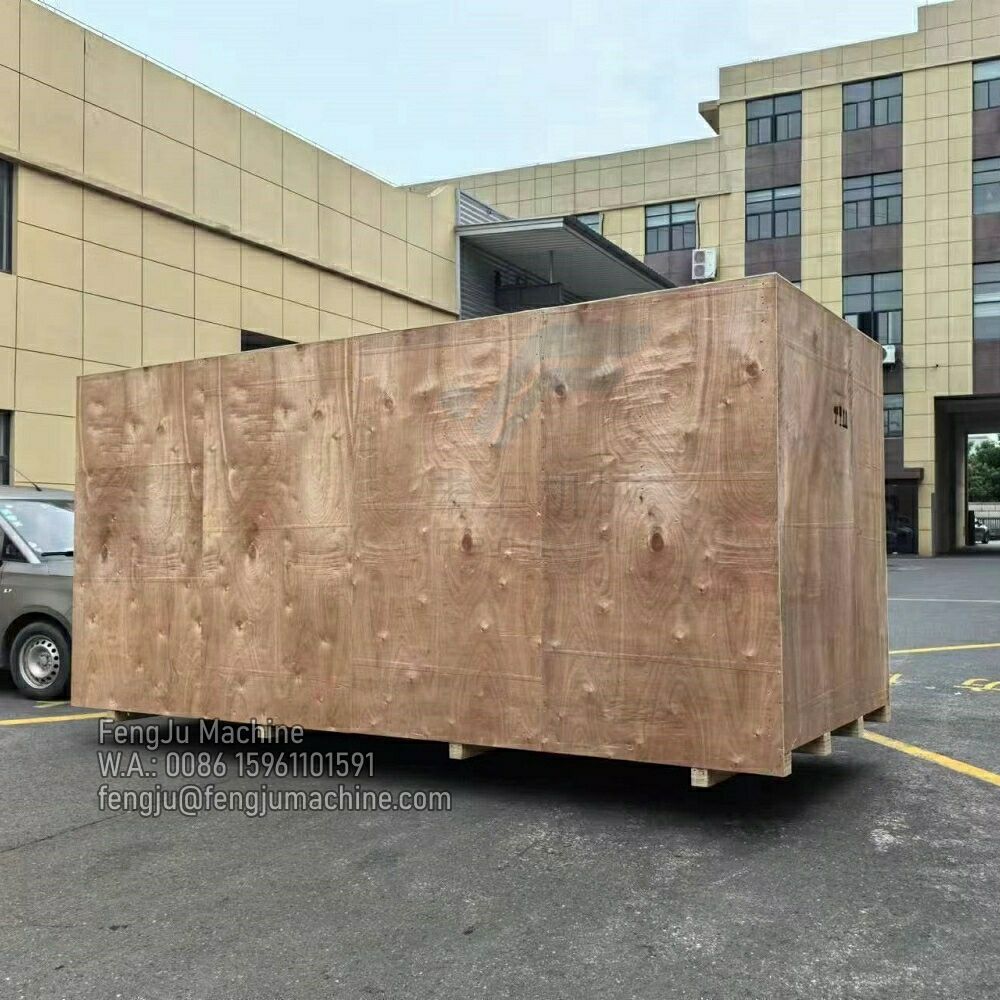Understanding Industrial Flymesh Pleating Technology
The manufacturing landscape has evolved significantly, and at its core, flymesh pleating machines have become essential equipment for producing high-quality pleated mesh materials. These sophisticated machines combine precision engineering with advanced technology to create consistently pleated products that meet rigorous industrial standards. Understanding the fundamentals of flymesh pleating technology is crucial for making an informed investment decision that will serve your production needs for years to come.
Key Components of Modern Flymesh Pleating Systems
Drive Mechanism and Control Systems
The heart of any flymesh pleating machine lies in its drive mechanism and control systems. Modern units feature servo-driven motors that ensure precise pleat formation and consistent material feed rates. The control interface should offer intuitive operation while providing detailed adjustments for pleat depth, spacing, and material tension. Advanced models incorporate touchscreen displays with programmable settings to store multiple production parameters, enabling quick changeovers between different product specifications.
Material Handling and Feed Systems
Superior material handling capabilities are essential for maintaining production efficiency. Look for machines equipped with automated tension control systems that prevent material stretching or bunching. The feed system should accommodate various mesh widths and weights while ensuring smooth material flow throughout the pleating process. Some advanced models feature automatic material alignment systems that reduce operator intervention and minimize waste.
Heating and Forming Elements
The heating system plays a crucial role in creating permanent, precise pleats. State-of-the-art flymesh pleating machines utilize zone-controlled heating elements that maintain uniform temperatures across the entire working width. The forming elements, including pleat blades and pressure plates, should be manufactured from durable materials that resist wear while providing consistent pleat geometry throughout extended production runs.
Performance Factors for Long-Term Production
Production Speed and Capacity
When evaluating a flymesh pleating machine, consider both current and future production requirements. The machine's operating speed should align with your output targets while maintaining pleat quality. Higher-end models often offer variable speed settings that can be adjusted based on material characteristics and pleat specifications. Remember that maximum speed ratings should be balanced against the need for consistent quality and minimal downtime.
Maintenance Requirements and Accessibility
Regular maintenance is crucial for ensuring long-term efficiency. Choose a machine design that provides easy access to critical components for cleaning and adjustment. Look for features such as quick-change pleat blades, removable guide systems, and accessible lubrication points. Manufacturers that offer comprehensive maintenance documentation and support services can significantly reduce equipment downtime and extend operational life.
Quality Control and Precision Features
Monitoring and Adjustment Systems
Modern flymesh pleating machines should incorporate advanced monitoring systems that track key production parameters in real-time. Look for features such as automated pleat depth sensors, material tension monitors, and temperature control systems. These elements help maintain consistent product quality while reducing material waste and operator intervention.
Calibration and Quality Assurance Tools
Precision calibration capabilities are essential for maintaining product specifications over time. Select machines that offer built-in calibration tools and quality verification systems. Some advanced models include integrated measurement devices that continuously monitor pleat uniformity and automatically adjust machine parameters to maintain tight tolerances.
Integration and Future-Proofing Considerations
Digital Connectivity Options
In today's connected manufacturing environment, choose a flymesh pleating machine that offers robust digital integration capabilities. Look for features such as network connectivity, data logging, and remote monitoring options. These capabilities enable better production tracking, preventive maintenance scheduling, and integration with existing manufacturing execution systems.
Upgrade Potential and Scalability
Consider the machine's potential for future upgrades and modifications. A modular design approach allows for easier integration of new features or capacity expansions as your production needs evolve. Evaluate the manufacturer's track record of providing system updates and their commitment to ongoing product development.
Cost Analysis and Return on Investment
Operating Cost Considerations
When calculating the total cost of ownership, consider factors beyond the initial purchase price. Evaluate energy efficiency ratings, maintenance requirements, and consumable costs. Modern flymesh pleating machines often incorporate energy-saving features such as standby modes and optimized heating systems that can significantly reduce operating expenses over time.
Productivity and Efficiency Metrics
Assess the machine's potential impact on overall productivity by examining throughput rates, setup times, and material utilization efficiency. Advanced features like quick-change tooling and automated adjustment systems can dramatically reduce downtime between production runs. Calculate the expected return on investment based on improved production capacity and reduced labor costs.
Frequently Asked Questions
What is the typical lifespan of a flymesh pleating machine?
With proper maintenance and regular servicing, a high-quality flymesh pleating machine can operate effectively for 15-20 years. The actual lifespan depends on factors such as usage intensity, maintenance practices, and environmental conditions.
How often should calibration be performed?
Regular calibration is recommended at least quarterly for machines in continuous operation. However, more frequent calibration may be necessary when working with different materials or when tight tolerances are required for specific applications.
What are the key maintenance points to ensure optimal performance?
Critical maintenance areas include regular inspection of heating elements, lubrication of moving parts, cleaning of material guide systems, and verification of control system accuracy. Following the manufacturer's recommended maintenance schedule and keeping detailed service records will help maximize machine performance and longevity.

